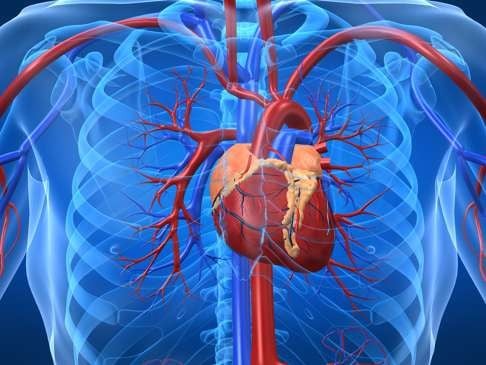
Can endurance sports training damage the heart? Scientists can’t agree
New German study of elite master athletes finds no evidence of damage, contradicting 2012 results from Belgian research

Is endurance training bad for you?
The short answer: maybe not. The facts: increasing health consciousness among Hongkongers is one of the main reasons for the rising popularity of endurance sports such as marathons, ultratrails and ironman triathlons in this city. However, the potential hazards that such endurance endeavours pose to the heart is a long-debated subject in the medical and sports communities.
The latest word on this topic is from sports medicine physicians in Germany who say they’ve found no evidence of heart damage from long-term endurance training in a study of elite master athletes. The scientists from Saarland University in Saarbrucken tested the conclusions of a 2012 study by Belgium’s University Hospital Leuven that found repeated bouts of intensive endurance exercise at the elite level may result in the pathological enlargement of the heart’s right ventricle, which is associated with potential health hazards, including sudden cardiac death.

The new German study published in the journal Circulation refutes this – which is good news for endurance junkies. Led by cardiologist and sports medicine physician Dr Jürgen Scharhag and Dr Philipp Bohm, the Saarbrücken scientists examined 33 elite master athletes of an average age of 47 years and compared them to a control group of 33 men who were similar in terms of age, size and weight but who had not done any kind of endurance exercise.

“But we found no evidence of lasting damage, pathological enlargement or functional impairment of either the right or left ventricle in athletes who had been doing long-term intensive elite-level endurance exercise,” explains Bohm, who is now working at the Cardiology Centre at the University Hospital Zürich.
It’s unlikely, however, the debate over the link between endurance training and heart damage will end with this German study – especially with regular media reports of sudden cardiac death in endurance athletes.
Just a few weeks ago, it was reported that Dutch professional cyclist Gijs Verdick had died in hospital a week after a double heart attack during a race.

“Physical exercise, though not a drug, possesses many traits of a powerful pharmacologic agent. A routine of daily physical activity can be highly effective for prevention and treatment of many diseases, including coronary heart disease, hypertension, heart failure and obesity,” says Dr James H. O’Keefe, lead author of a report published in the June 2012 issue of Mayo Clinic Proceedings.
“However, as with any pharmacologic agent, a safe upper dose limit potentially exists, beyond which the adverse effects of physical exercise, such as musculoskeletal trauma and cardiovascular stress, may outweigh its benefits.”

O’Keefe points out that many people don’t understand that “the lion’s share of health benefits accrue at a relatively modest level”. He says: “Extreme exercise is not really conducive to great cardiovascular health. Beyond 30-60 minutes per day, you reach a point of diminishing returns.”